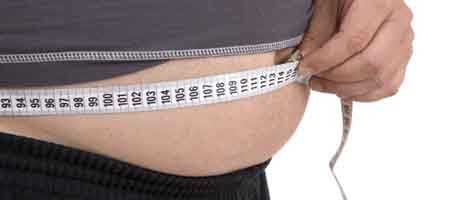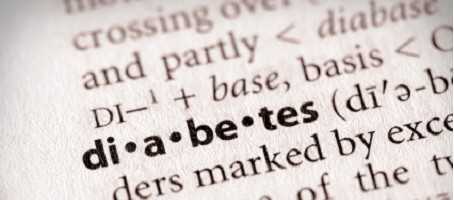New research has discovered how obese grizzly bears enter a natural state of diabetes during hibernatio, which is then reversed when they awake, shedding new light on the relationship between obesity and type 2 diabetes.
Researchers in the USA made the surprising discovery while studying insulin activity in tissue samples taken from 16 captive grizzly bears, which tend to gain weight and become obese in the autumn in order to survive months of fasting during hibernation.
Over the course of their year-long research, the scientists found that when the bears were at their fattest, they managed to remain highly sensitive to insulin. Also unlike humans, levels of blood insulin also remained static despite the bears’ fluctuating body weight.
During hibernatio, insulin sensitivity reduced and the bears entered a state similar to type 2 diabetes, but when they woke up in spring and started to feed, their bodies became more sensitive to the blood sugar regulating hormone, allowing them to recover from this natural diabetic state.
Writing in the journal Cell Metabolism, the research team said the mechanism behind this process is a protein called PTEN in fat cells, which the animals are able to turn off or ramp up to make them more or less sensitive to insulin when needed.
For example, by becoming less sensitive or insulin resistant during hibernatio, bears are able to break down their fat stores in order to survive during hibernation.
Lead investigator Dr Kevin Corbit, from the California-based biotech company Amge, said: “Our results clearly and convincingly add to an emerging paradigm where diabetes and obesity – in contrast to the prevailing notion that the two always go hand-in-hand – may exist naturally on opposite ends of the metabolic spectrum.”
“The cellular mechanisms that could be protecting people from diabetes, and the mechanisms leading to diabetes in other patients, may also be what protects them from becoming obese.”
He added: “Moving forward, this more sophisticated understanding of the relationship between diabetes and obesity should enable researchers not only to develop therapies targeting these mechanisms, but also to identify the appropriate patients to whom these therapies should be targeted.”
What's new on the forum? ⭐️
Get our free newsletters
Stay up to date with the latest news, research and breakthroughs.




